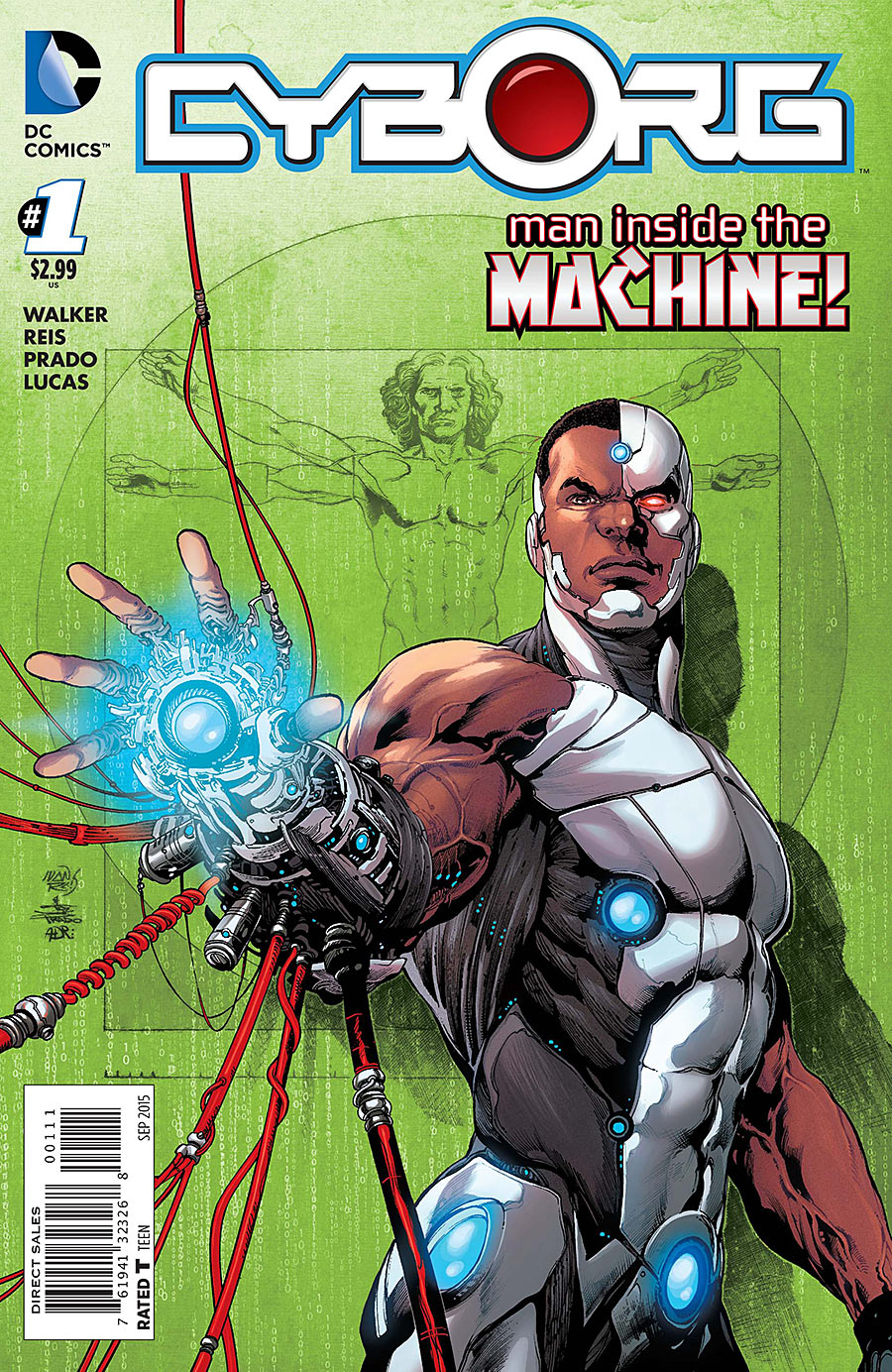Design for Disability
The object I chose is an example of product design for a disabled audience; using 3-d printing technology, this model assists the user in interacting with keyboards touchscreen and touchscreen technology. Created by a Mutual de Seguridad (Mutual Security) a non-profit corporation in Chile, this model is designed for individuals who have lost or limited control of their hands and fingers, a stylus is secured to the hand using molded straps. The 3-d printing technology currently used in the prototype allows the material to be heated slightly and molded to the user’s hand for comfortable use.

This model satisfies the users need to easily and comfortably interact with technology, however it does not attempt to solve the problem of touchscreen technology being difficult to use for disabled audiences. Interfaces that include haptics technology or recognize the use of gestures could be a more effective solution to make challenging interfaces more accessible to individuals effected by similar disabilities. This model is an excellent use of resources, it does not need to be mass produced or use any industrial processes, it can be printed at home using common plastic materials. Because this object cannot be directly bought from a retailer, it must be 3-D printed, making it difficult to obtain. Ownership and knowledge of 3-d printing technology is not common place yet, not everyone has access to this technology and even fewer when considering disabled audiences. However, because this object has an extremely simple design it is inexpensive and easy to produce, replicate, and modify. Because of this simple construction it is fairly inexpensive to hire a company or person to produce one.

The demographic that may be excluded from this device are disabled individuals lacking any way of interacting with technology, those individuals with missing extremities are not able to use the device. Because of its simple design, the object is easy to modify and repurpose, it can be easily modified to secure to another part of the body for use. Another way of making this product more inclusive is by incorporating a similar design into prosthetic limbs to increase the accessibility with prosthetics. The integration of prosthetics limbs opens up an entire different avenue of design and reaches a much broader demographic; developing prosthetics that can interact with constantly advancing technology. The level of accessibility prosthetic limbs could provide would go beyond basic mobility and restoring function. Basically the transition into self-engineered android humans, some might say evolution of humanity while others might say the end of humanity — only time will tell.

Source: https://all3dp.com/2/3d-prints-helping-disabilities/
Designer: Gabriela Bravo https://www.thingiverse.com/gabrielab/designs
Design: https://www.thingiverse.com/thing:2200674
